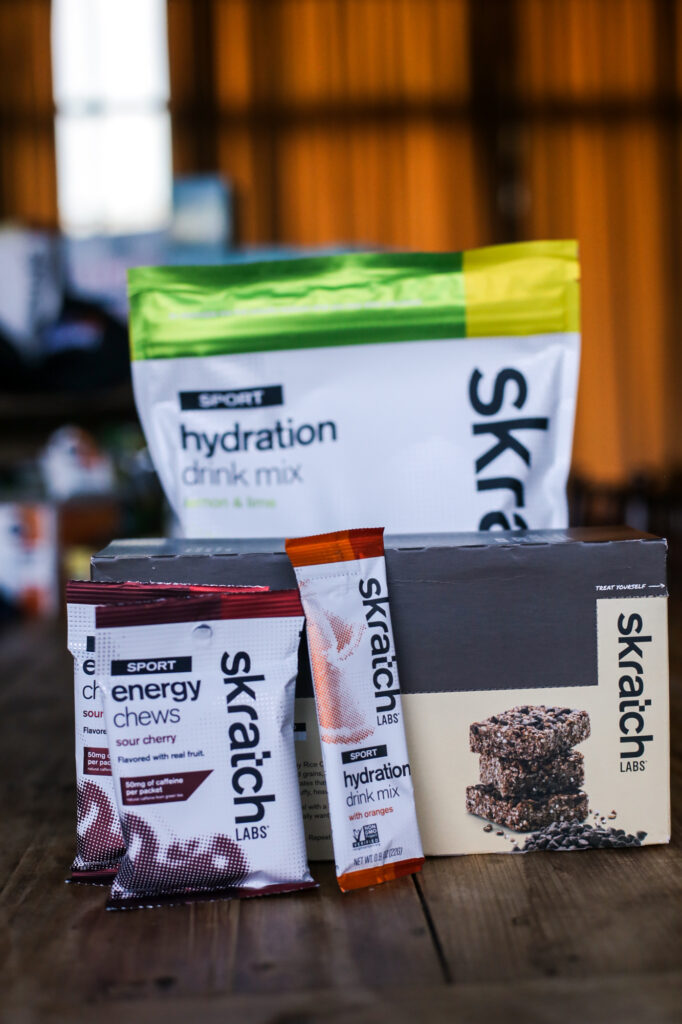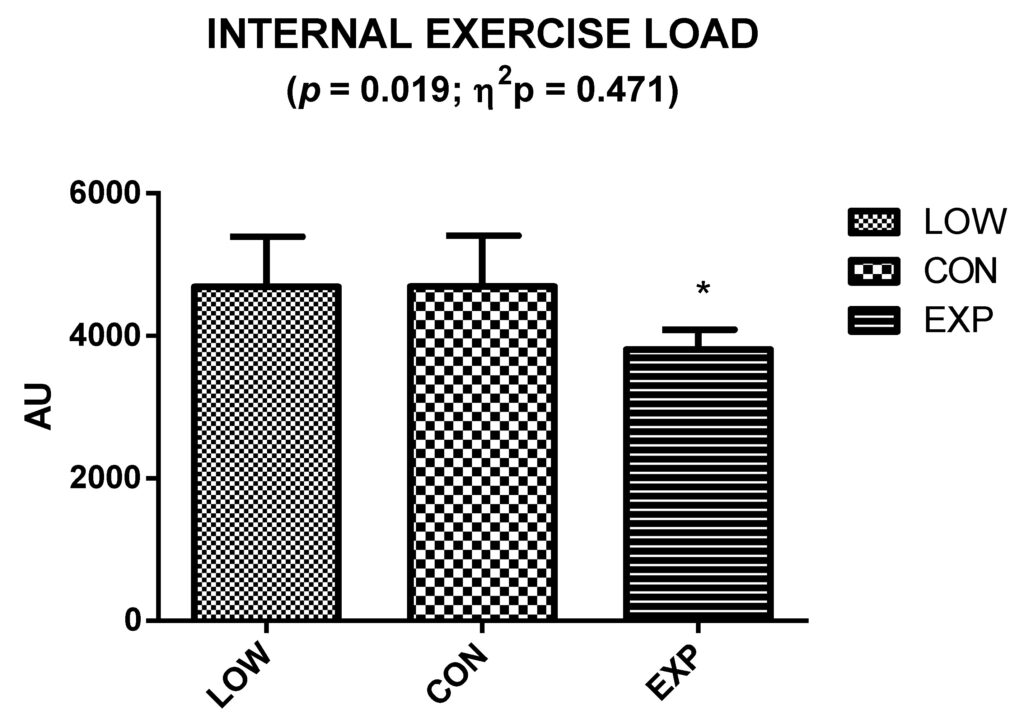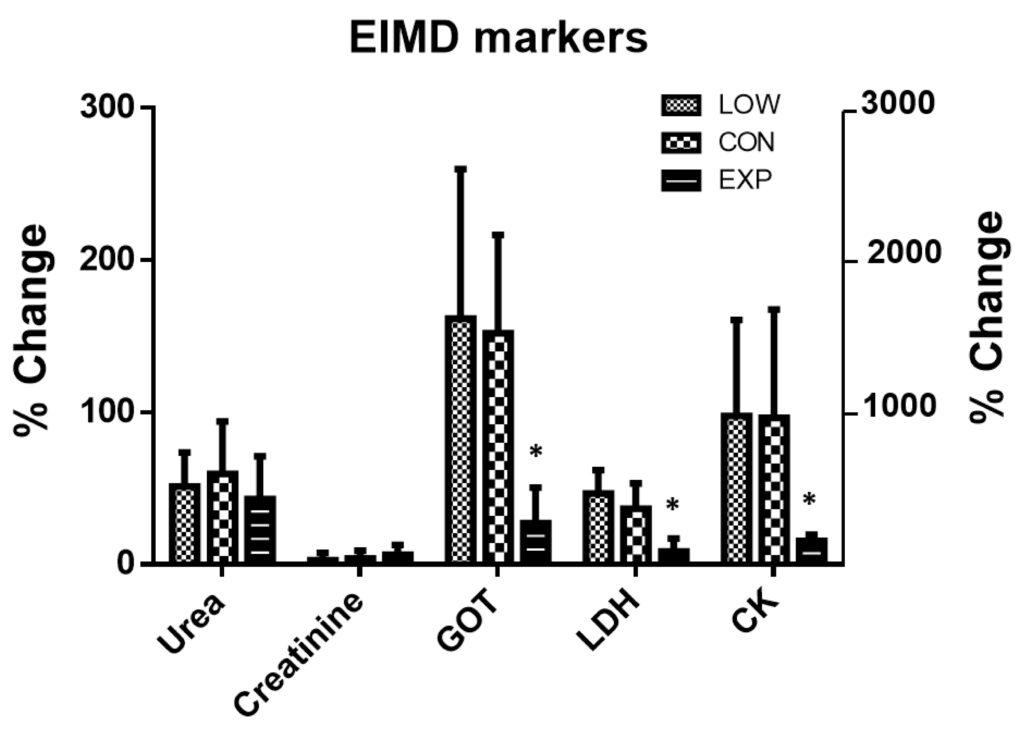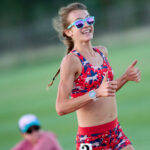Optimizing In-Run Fueling for Peak Performance
What should I take?
It goes without saying that there is a dearth of mixed messaging about what to eat and what to avoid, and unfortunately the endurance sports community is not immune to this. No wonder athletes are often confused, add in the fear mongering around sugar and processed foods and it’s no surprise athletes end up underfueled.
When it comes to in-workout nutrition, carbohydrates are the Queen. I repeat: carbohydrates are the Queen, or King, of endurance performance!
In case biology was the 8 am class you used to sleep through, here’s a little refresher on carbohydrate science and why they are such an important fuel source. Carbohydrates are made up of simple sugars like glucose and fructose and linked together to form chains. On a cellular level, the body uses glucose, and other simple sugars, to make the energy needed for basic functioning and metabolic processes, like breathing, digestion or your brain functioning, as well as for exercise and life’s other demands. The most efficient way to get glucose into our cells is through the ingestion of readily digestible, simple carbohydrates such as energy gels, chews, and sports drinks.

So you need glucose for energy and need energy for performance, check. So more energy equals better performance… so more glucose also equals better performance, right? Almost, but unfortunately it’s not that simple.
After carbohydrates from the food we eat are digested into simple sugars, our bodies absorb them through our intestinal tissue through special molecules called transporters. Different sugars are carried by different transporters, and there are only a finite number of transporters lining our intestines. For example, glucose can only be absorbed and carried by glucose-specific transporters, not by fructose-specific transporters or any other transporters. As such, the rate at which we can absorb glucose, and thus use it for energy, is limited by the number of glucose-specific transporters you have. Research suggests that the fastest rate of glucose absorption possible is about 60 grams per hour. Gastrointestinal (GI) discomfort often comes from consuming more than 60g/hr of glucose, or any other single sugar type, as the excess sugar sits in the gut unable to be absorbed.
In the early 2000’s scientists found that combining glucose with fructose, another readily digestible, simple sugar, allows for more than 60g/hr of carbohydrates to be absorbed from the gut without causing gastrointestinal distress. As outlined above, this is because fructose is absorbed by different transporters to glucose that can still be used even when all the glucose transporters are busy. The diagram below helps to illustrate this point, showing how consuming multiple transportable carbohydrates allow athletes to take on more fuel without GI issues.

If you prefer cars and trucks to science, let me simplify. Think of a 4-lane highway full of cars, trucks, motorbikes, and other vehicles. These vehicles approach a lake and the only way to the otherside is through a tunnel. As these vehicles approach, just a 2-lane car-only tunnel is open, so a traffic jam starts to form: only so many cars can reach the other side of the lake at once, and all the other vehicles have nowhere to go. However, if a second, truck-only 2-lane tunnel opens up, more vehicles can get to the other side of the lake, and the congestion eases.

Enough science jargon for one day. What’s the answer to “what should I fuel with?” To optimize performance, and recovery as we’ll explore later, a varied carbohydrate consumption of glucose and fructose in a 2:1 ratio is recommended. Don’t worry, achieving this precise ratio need not be difficult: many sports nutrition companies make this easy, formulating gels and chews in line with the latest science. A note of caution, not all gels are made this way, and many still contain only a single sugar source which could have you causing a traffic jam.

To help you out, here are a few of my favorite products that combine glucose with fructose. You can check these out at The Feed, my go-to one-stop shop for all things nutrition and hydration.
- Neversecond C30 Energy Gel
- Have you heard episode 43 of The SubHub Podcast with Neversecond CEO Bill Armstrong yet? Check it out as a great companion to this article, as well as to learn more about Neversecond’s C-Series fueling approach.
- Maurten Gel 100
- Science in Sport (SiS) Beta Fuel Gel/ Chews
- Precision Fuel and Hydration PF 30 Gel/ Chews
- Skratch Energy Chews Sport Fuel/ Super High-Carb Sport Drink Mix
- GU Energy Gel/ Chews
How much should I take?
If this article was published 30 years ago, I’d likely be recommending 30g of carbohydrates per hour, 15 years ago perhaps 60g/hr, and 5 years ago 90g/hr. I share this brief history of fueling guidelines to demonstrate how our scientific understanding is ever evolving, and as time goes on researchers and athletes alike are pushing their guts to the limit (thank goodness it’s a train-able organ).
When considering how much carbohydrates to take, the first question to ask is how long am I running? The longer the duration, the higher your carbohydrate needs will be from the start, because the longer you go the more you will deplete your body’s own stores, also known as endogenous glycogen stores (which are found in your skeletal muscle and liver). The table below presents carbohydrate targets for different exercise durations based on the latest scientific research.
| Duration | < 90 mins | 1.5-2.5 hrs | > 2.5 hrs |
| Carbohydrate Targets (g/hr) | 30-60 | 60-90 | 90-120 |
| Examples(gels/hr) | 1-2 | 2-3 | 3-4 |
This table is useful as a guide, but your best fueling strategy is individualized and session specific. Also, if you’re training for an event lasting longer than 2.5 hours, you should be practicing your race day fueling strategy even on shorter runs. For example, if your carbohydrate target during a 3 hour race is 100g/hr, your training may include several 1.5 to 2 hour runs with you practicing consuming 100g/hr. Again, the stomach is a trainable organ.

Is 120 g/hr the limit? No! As far back as 1999, researchers have been studying athletes’ ingesting far greater amounts of carbohydrates, up to 180 g/hr. That make some of us nauseous just thinking about it. While athletes were able to consume these amounts without GI distress, it did not appear to offer additional performance benefits compared to 120 g/hr. However, and especially relevant for athletes in heavy training and for those looking to string back-to-back long run days together, exceeding 120 g/hr may improve recovery – more on that next.
What The Science Says
A 2020 study investigating different fueling strategies during a mountain marathon, approximately a 4.5 to 5 hour event, compared the effects of consuming 60, 90, and 120 g/hr of carbohydrates on athletic performance and recovery. Athletes were randomized into 3 groups and instructed to follow a different race day nutrition plan; the low carbohydrate group consumed 60 g/hr of carbohydrates, the control group 90 g/hr, and the experimental group consumed 120 g/hr. As well as finish time, researchers assessed performance through athletes’ internal exercise load and rate of perceived effort (RPE), and recovery via blood markers of exercise-induced muscle damage and protein catabolism before and after the race.
Enough background, let’s dig into the results!


Perhaps unsurprisingly, the athletes consuming the most carbohydrates, 120 g/hr, had the best race performances, finishing on average 13 minutes quicker than the athletes consuming 90 g/hr, while also reporting the lowest RPE. Additionally, the researchers reported that higher consumption of carbohydrates, 120>90>60 g/hr, was correlated with a lower internal exercise load and less exercise-induced muscle damage – linking more carbohydrates to faster recovery!
These two findings are illustrated in the graphs above, with the first, Figure 1, demonstrating a significant reduction in internal exercise load when 120 g/hr of carbohydrates were consumed compared with either 60 or 90 g/hr. Figure 2 reports markers of exercise-induced muscle damage in the three groups; significantly lower levels of urea, creatine kinase (CK), lactate dehydrogenase (LDH), and glutamic oxaloacetic transaminase (GOT) were found in the experimental group, the athletes consuming 120 g/hr.
Optimizing fueling for recovery
Hint, it’s not just post-workout protein… Time to bust a myth!
Are you of the mindset that recovery starts as soon as your training session is over, i.e. train first, recover later? We hate to burst your bubble, but we’re here to say that idea needs to stay a work of fiction. In actual fact, recovery starts during your training, so long as your body is well-fueled. The study above supports this, the athletes consuming more carbohydrates while running recovered faster due to experiencing less running related tissue damage.
All that’s to say – carbohydrates are not just the queen of on course exercise performance. Fueling your runs will also help you maximize your recovery before you even get back to the trailhead.
References
Amawi, A., AlKasasbeh, W., Jaradat, M., Almasri, A., Alobaidi, S., Hammad, A. A., Bishtawi, T., Fataftah, B., Turk, N., Saoud, H. A., Jarrar, A., & Ghazzawi, H. (2024). Athletes’ nutritional demands: a narrative review of nutritional requirements. Frontiers in Nutrition, 10, 1331854. https://doi.org/10.3389/fnut.2023.1331854
Jentjens, R. L., & Jeukendrup, A. E. (2005). High rates of exogenous carbohydrate oxidation from a mixture of glucose and fructose ingested during prolonged cycling exercise. The British Journal of Nutrition, 93(4), 485–492. https://doi.org/10.1079/bjn20041368
Podlogar, T., & Wallis, G. A. (2022). New horizons in carbohydrate research and application for endurance athletes. Sports Medicine (Auckland, N.Z.), 52(Suppl 1), 5–23. https://doi.org/10.1007/s40279-022-01757-1
Thomas, D. T., Erdman, K. A., & Burke, L. M. (2016). American College of Sports Medicine Joint position statement. Nutrition and athletic performance. Medicine and Science in Sports and Exercise, 48(3), 543–568. https://doi.org/10.1249/MSS.0000000000000852
Viribay, A., Arribalzaga, S., Mielgo-Ayuso, J., Castañeda-Babarro, A., Seco-Calvo, J., & Urdampilleta, A. (2020). Effects of 120 g/h of carbohydrates intake during a mountain marathon on exercise-induced muscle damage in elite runners. Nutrients, 12(5), 1367. https://doi.org/10.3390/nu12051367
